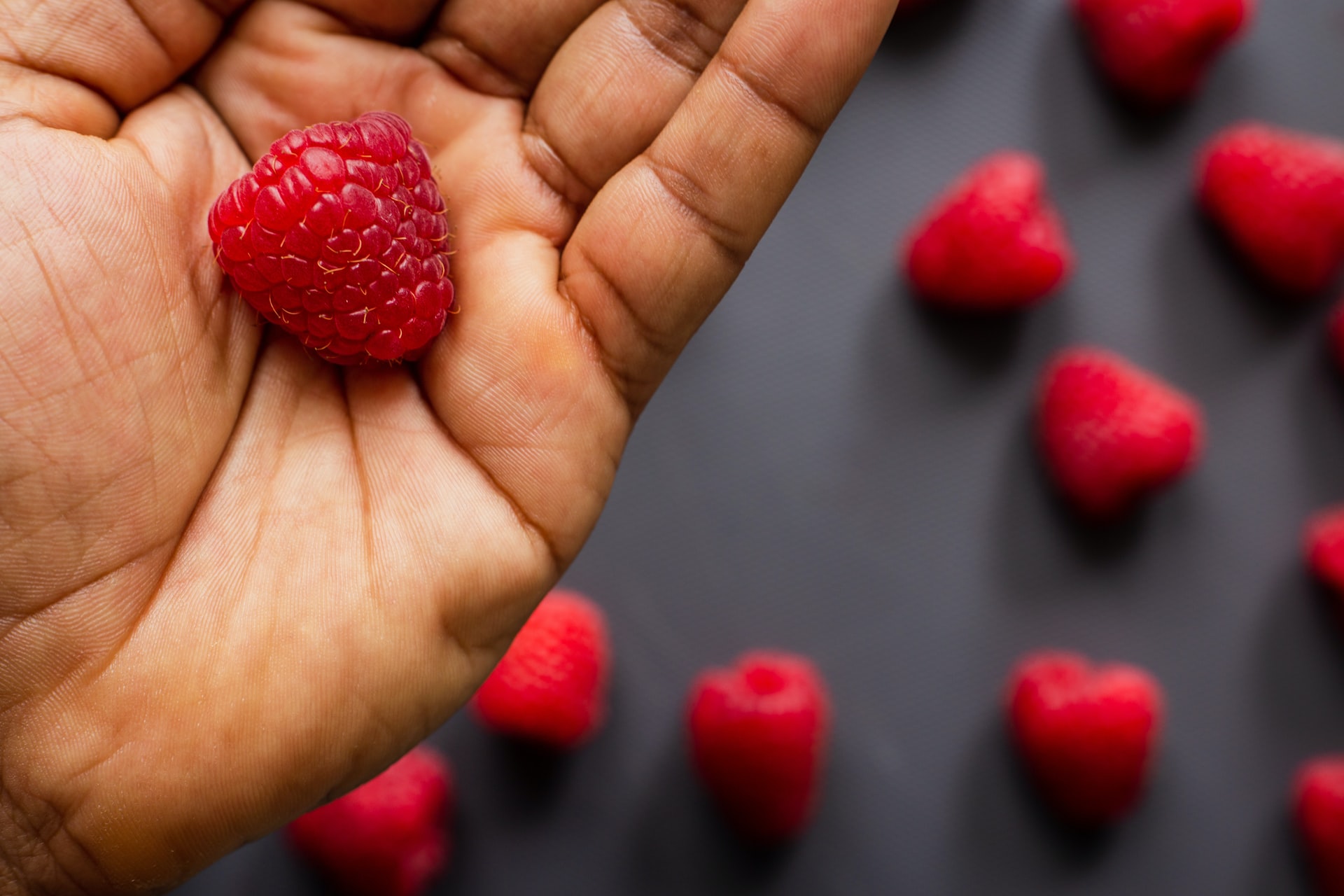Pruning Raspberries
Pruning raspberries is relatively simple. The two-year-old wood that has borne fruit is cut, and the one-year-old summer shoots are thinned out. Their tops can be shortened, but it is not necessary. After the harvest, shoots that have borne fruit that year can be cut.
Pruning is done in early spring, before the flower buds swell significantly, i.e., when the late spring frosts have passed. Regarding the number of summer shoots left for fruiting, methods vary between bushes and rows. For bushes, it is necessary to leave 5 to 10 summer shoots, depending on vigor and planting distance. For rows and living walls, leave as many one-year-old shoots so that, on average, one occupies 15 to 20 cm of spacing in the row. Depending on the ripening time, we distinguish between summer and autumn varieties of raspberries. Maintenance pruning differs for both types.
Initial Pruning
Summer varieties are pruned depending on soil characteristics, i.e., in drier places to about 20 cm in length, while in wetter places they are shortened to about 50 cm. Autumn varieties are cut at ground level.
Cultivation Pruning
In spring, new shoots are formed from adventitious buds on the roots. Old pruned branches are removed at ground level. The same principle applies to weak and diseased shoots. It is necessary to leave eight to ten well-developed branches per running meter, which are attached to the wire.
Maintenance Pruning
After harvest, all old two-year-old branches of summer varieties are removed. The same applies to weak and diseased shoots. Eight to ten well-developed branches per running meter are left. At the end of winter, the branches of autumn varieties are cut at ground level. When new branches start growing in spring, only the strongest are left. Their number is the same as for summer varieties.
Fertilizing Raspberries
Raspberries have higher nutrient requirements than other types of berry fruits. Basic fertilization is carried out in autumn, with a combination of manure and mineral fertilizer. If this is not possible, it should be done in early spring. NPK is applied in spring during the first cultivation. Nitrogen fertilizers, if in the form of KAN, are applied during the second cultivation. If nitrogen is added in the form of urea, it is applied once during the first cultivation.
For intensive raspberry planting, on soil that is moderately supplied with phosphorus and well supplied with potassium, per hectare requires 150 kg N, 80 kg P2O5, and 140 kg K2O.
| Makro elements kg/ha | |||||
| Fertilization time | Fertilizer | kg/ha | N | P2O5 | K2O |
| In autumn, plow in | NPK 5-22-35 | 400 | 20 | 88 | 140 |
| In early spring, plow in | UREA 46% | 280 | 130 | – | – |
| Total | 680 | 150 | 88 | 140 |













































